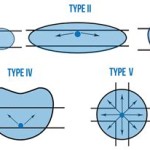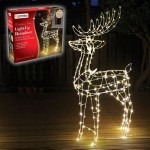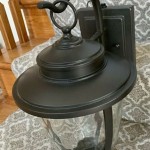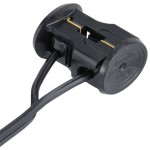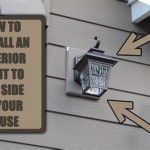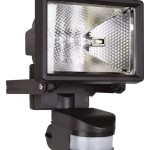Essential Aspects of Outdoor LED Lighting Ratings
Outdoor LED lighting ratings are a crucial factor to consider when choosing the right lighting solutions for your outdoor spaces. Understanding these ratings enables you to make informed decisions based on the specific requirements of your application, ensuring optimal performance, longevity, and safety.
These ratings provide valuable information about various aspects of outdoor LED lighting, including their ability to withstand environmental conditions, energy efficiency, and light output. By focusing on these essential aspects, you can ensure that your outdoor lighting system meets the demands of your unique environment and fulfills its intended purpose effectively.
1. IP Rating (Ingress Protection)
The IP rating indicates the level of protection against the ingress of dust and water. It consists of two digits, where the first digit represents protection against solids and the second against liquids. For outdoor lighting, a higher IP rating (e.g., IP65 or IP67) is recommended to ensure resistance to moisture, dust, and other environmental factors that can affect performance and longevity.
2. Wattage and Energy Consumption
Wattage measures the amount of electrical power consumed by the LED lighting fixture. Energy consumption should be considered to optimize efficiency and reduce operating costs. LED fixtures generally consume significantly less energy compared to traditional lighting, resulting in energy savings and lower environmental impact.
3. Color Temperature and Color Rendering Index (CRI)
Color temperature refers to the light's apparent color, ranging from warm white to daylight. Choose the color temperature that best suits the ambiance and application. CRI measures the ability of a light source to accurately render colors. Higher CRI values indicate better color rendering, which is critical for applications where color accuracy is essential.
4. Lumens and Light Distribution
Lumens measure the total amount of light emitted by the fixture. The number of lumens required depends on the size and intended purpose of the area being lit. Light distribution describes how the light is spread from the fixture. Different fixtures offer varying beam angles to achieve specific lighting effects.
5. Lifespan and Warranty
The lifespan of LED lighting refers to the estimated number of hours it will operate before reaching a significant reduction in light output. A longer lifespan ensures reduced maintenance costs and extended performance. Warranties provide protection against defects or premature failures, offering peace of mind and safeguarding your investment.
Conclusion
By understanding the essential aspects of outdoor LED lighting ratings, you can make informed choices that meet the unique requirements of your outdoor illumination needs. These ratings provide valuable insights into the durability, efficiency, light output, and longevity of the fixtures, enabling you to optimize performance, minimize costs, and create the desired ambiance for your outdoor spaces.

Learn About Bug Lighting Ratings Take Three

What Ip Rating Do I Need For Outdoor Lights And Why It Matters Moonlight Design

What Ip Rating Do I Need For Outdoor Lights And Why It Matters Moonlight Design

Ip Rating For Outdoor Use Lighting

What Ip Rating Do I Need For Outdoor Lights And Why It Matters Moonlight Design

Bug Rating System Nighttime Led Lighting

The 3 Best Smart Outdoor Lights For Backyards Of 2024 Reviews By Wirecutter

30w To 300w 120 Outdoor Led Flood Light Ip Rating Ip65 Model Name Number Maxo Series

The Complete Guide To Outdoor Led Strip Lights Lighting Access

Reviews For Newhouse Lighting 30w 3000 Lumen 120 277v Broe Non Dimmable Integrated Outdoor Led Weatherproof Wall Wash Light And Adjustable Mount Pg 1 The Home Depot
Related Posts
